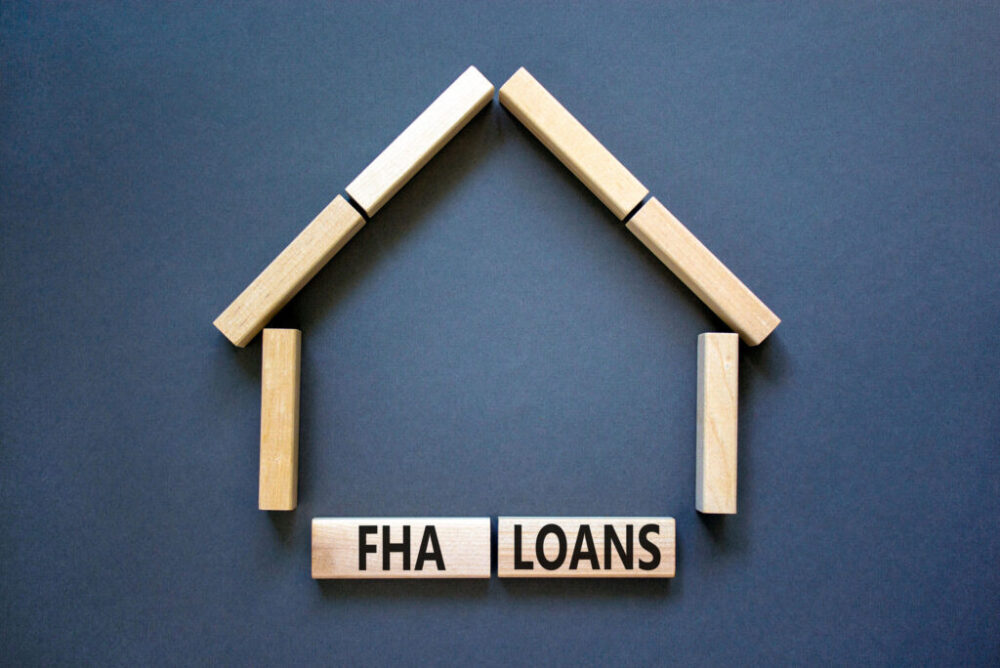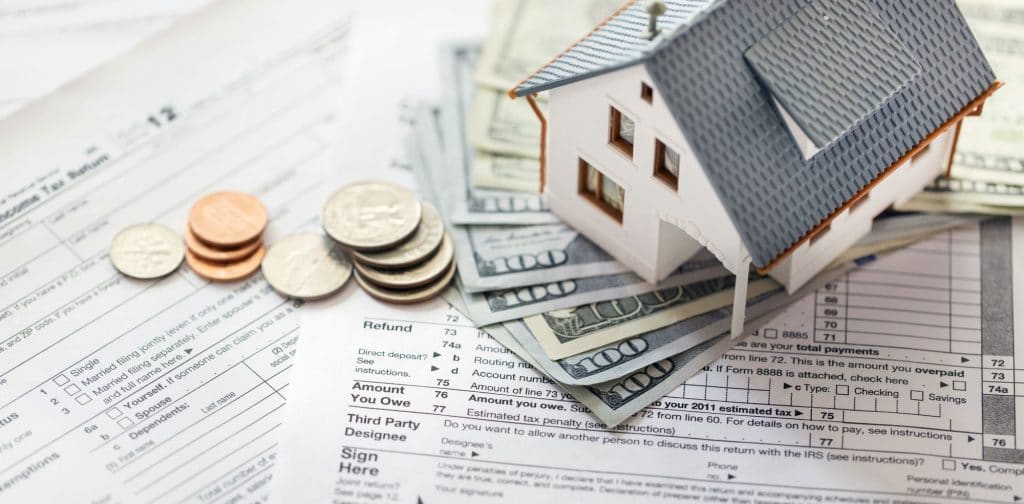Owning a home is a universal desire shared by many. However, financial limitations and strict conditions set by standard mortgage lenders often make this dream seem far-fetched for a plethora of aspiring homeowners. FHA mortgage loans emerge as a ray of hope, paving the way for many who might find traditional financing challenging, to realize their homeownership dreams. They stand as a viable option for first-time buyers and those considering refinancing an existing mortgage, presenting a dependable solution to overcome the inherent hurdles of buying a home.
Administered by the Federal Housing Administration (FHA), these loans bring forth various advantages including lower down payments and forgiving credit prerequisites, positioning them as a preferable alternative for prospective buyers. In this detailed guide, “Exploring FHA Mortgage Loans: An In-Depth Guide,” we aspire to scrutinize every facet of FHA mortgage loans, exploring their framework, merits, and qualification requirements. We will guide you through the application process and reveal how these loans can transform your homeownership dreams into a concrete reality, delivering a wealth of information to empower readers to make enlightened decisions on their journey to owning a home.
Whether you are a novice buyer overwhelmed by financial obstacles or an existing homeowner exploring refinancing avenues, this guide aims to be a priceless asset, illuminating the practicalities and opportunities inherent in FHA mortgage loans. By understanding the intricate dynamics of these loans, future homeowners can confidently and efficiently navigate the realm of FHA mortgage loans.
1. Deciphering FHA Mortgage Loans

Source: craigsharphomes.com
Since 1934, FHA Mortgage Loans, supported by the Federal Housing Administration (FHA), have been instrumental in helping potential homeowners surmount financial barriers to homeownership. These loans are noted for their adaptability and inclusiveness, becoming a favored choice for individuals with varied financial situations.
Origins and Objective
The FHA was instituted during the Great Depression to tackle the housing crisis, with the core objective of elevating homeownership levels and rejuvenating the housing sector. The FHA acts as an insurer of mortgage loans provided by sanctioned lenders rather than a direct lender. This insurance alleviates lenders’ risks, prompting them to extend loans to a wider applicant base, encompassing those with lesser credit scores and down payments.
Qualification Requirements
Although FHA loans are inclusive, there are specific standards applicants need to fulfill, including consistent employment, a valid Social Security number, and lawful U.S. residency. The acquired property should be the borrower’s main residence, and it must satisfy certain safety and livability standards.
Application Journey
The application journey for an FHA mortgage loan entails multiple stages, starting with financial and credit assessment and selecting an FHA-approved lender. Applicants then accumulate required documents, fill out the application, and undergo a detailed evaluation by the lender to finalize loan eligibility and terms.
2. Advantages of FHA Mortgage Loans

Source: wise.com
The Perks of FHA Loans
FHA mortgage loans extend several significant perks:
- Reduced Down Payments: Often as low as 3.5% of the purchase price.
- Flexible Credit Standards: Suitable for borrowers with subpar credit.
- Competitive Interest Rates: Resulting in long-term savings on financing.
- Simplified Refinancing: Streamlined options available for existing FHA loan holders.
3. Varieties of FHA Mortgage Loans

Source: mortgagesolutions.net
Aligning with Your Homebuying Ambitions
FHA loans come in diverse forms to accommodate different needs:
- FHA Purchase Loans: For buying, with fixed and adjustable-rate options.
- FHA 203(k) Rehabilitation Loans: For purchasing and renovating a home.
- FHA Cash-Out Refinance Loans: For refinancing with cash-out options.
- FHA Streamline Refinance Loans: A simpler refinancing choice for current FHA loan holders.
4. Meeting the Eligibility for FHA Mortgage Loans

Navigating the Requirements
To be eligible, applicants need to meet various criteria, including a minimum credit score, suitable debt-to-income ratio, stable income, and a requisite down payment.
5. Steering through the FHA Mortgage Loan Application Process

Source: trinityoaksmortgage.com
Pathway to Homeownership
The process to secure an FHA mortgage loan is multifaceted, involving several pivotal steps, each crucial in navigating the journey to homeownership successfully. Here’s a more detailed breakdown of each stage:
- Pre-Approval:
Before delving into house hunting, obtaining pre-approval is essential. This step involves a preliminary assessment of your financial standing and creditworthiness to estimate the loan amount you might qualify for. It not only helps in setting a realistic budget but also strengthens your position as a buyer in the eyes of sellers.
- Lender Selection:
Choosing a suitable lender is crucial. Prospective borrowers should consider lenders experienced with FHA loans and compare terms, interest rates, and customer service before making a decision. This ensures a smoother and more informed application process.
- Application Submission:
Once a lender is selected, applicants need to submit a comprehensive application. This includes providing various financial documents such as proof of income, credit history, and details of debts and assets. The lender will use this information to determine your eligibility and the potential terms of your loan.
- Property Appraisal:

After the application, an FHA-approved appraiser evaluates the property to ascertain its value and ensure it meets the FHA’s minimum property standards related to safety, security, and soundness. This step is pivotal as it affects the maximum amount that can be loaned for the property.
- Underwriting:
The underwriting phase involves a meticulous review of the application and all accompanying documents by the lender’s underwriter. This step may involve additional documentation and verification to assess the risk and determine whether to approve the loan application.
- Approval:
Once underwriting is complete, and if everything is in order, applicants receive a loan approval. This may be conditional, requiring further clarifications or documentations, or it might be a final approval, outlining the terms, interest rates, and the loan amount.
- Closing:
The closing is the final step where all parties involved meet to sign the necessary documents, and the ownership of the property is transferred. The buyer will sign the mortgage documents, and the closing costs and down payment will be paid. Once all documents are signed and payments are made, the buyer receives the keys to their new home.
- Post-Closing:
Even after the closing, new homeowners should stay informed about their mortgage. This involves understanding the terms of the mortgage, managing the payments effectively, and being aware of potential refinancing opportunities or changes in interest rates in the future.
In essence, each step in the pathway to homeownership through an FHA mortgage loan requires diligent attention, thorough preparation, and informed decision-making to ensure a seamless transition from a prospective buyer to a homeowner.
Conclusion
FHA mortgage loans serve as a substantial resource for prospective homeowners, providing accessibility and affordability in acquiring property. They represent a persuasive option to consider for every aspiring homeowner, with their reduced down payments, attractive interest rates, and flexible credit prerequisites. For those ready to commence their homeownership expedition, FHA mortgage loans can be an excellent starting point. Seek more information and initiate the journey to actualize your homeownership aspirations. Find more information here and take the first step toward making your homeownership dreams a reality.












